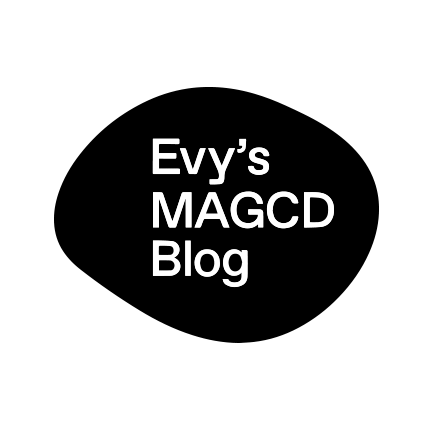One of the most important pieces of feedback from last tutorial was to let the content guide my exploration of medium, and this week, as I focused on exploring form and medium, I stumbled across a personal and cultural memory that has a lot of potential. Every Colombian would know what I’m talking about – The Natural History Album from Jet Chocolates which has become a cultural icon tied to multiple generations up to this date. I want to explore this particular medium as a catalyst for starting a dialogue around Colombian vernacular language.


This particular medium will allow me to continue my exploration of image making in a bold way as well as providing some very hands on elements which will make the information more interactive for my non-columbian audience. My goal is to use this medium as a bridge between cultures.

Graphic Language –
Taking inspiration from the original albums, I started looking at existing digital archives in Colombia that I could intervene and recontextualise, following on Daydo Moriyama’s idea of reframing images through treatment. After a lot of research in poorly indexed online Colombian archives, I stumbled across the Molinari Graphics archive at the Biblioteca Nacional de Colombia. I instantly recognised the motifs and widely used imagery, which led to start experimenting with his particular open source collection.
“Molinari Graphics was a popular print workshop founded in 1952 by the Spanish Antonio Molinari in Cali, Colombia. From its inception until 1990, the company reproduced religious, mythological, gender, portrait, entertainment, still life, and landscape images through chromolithographs, a printing technique that allows vivid and unusual colours. Its mass production, widespread distribution, and low cost made them popular objects that are part of collective memory.“
Las Populares Gráficas Molinari (2022) Museo La Tertulia. Available at: https://museolatertulia.com/las-populares-graficas-molinari/ (Accessed: 21 April 2024).


Production –
At this point, I have started looking at the more detailed aspects of production and considering how to intervene the images in connection to different printing processes, as well as considering how the set work together on a page. I found that keeping the images In full colour feels a bit ‘too busy’ and close to the original, hence I started experimenting with blocked colour and more graphic means to convey the different saying graphically.

As my intention is to use the Risograph, I started experimenting with alternative ways in which I can use selective colour to highlight the key aspects I want to communicate. All of this extremely influenced by screenprinting techniques.
I then looked at layout and potential size for the album itself, how the cards fit together and the overall look structure and rhythm of the printed object. At this point, I will focus on producing the images and preparing all the files and translations in a cohesive way, so this can become an interactive object.


